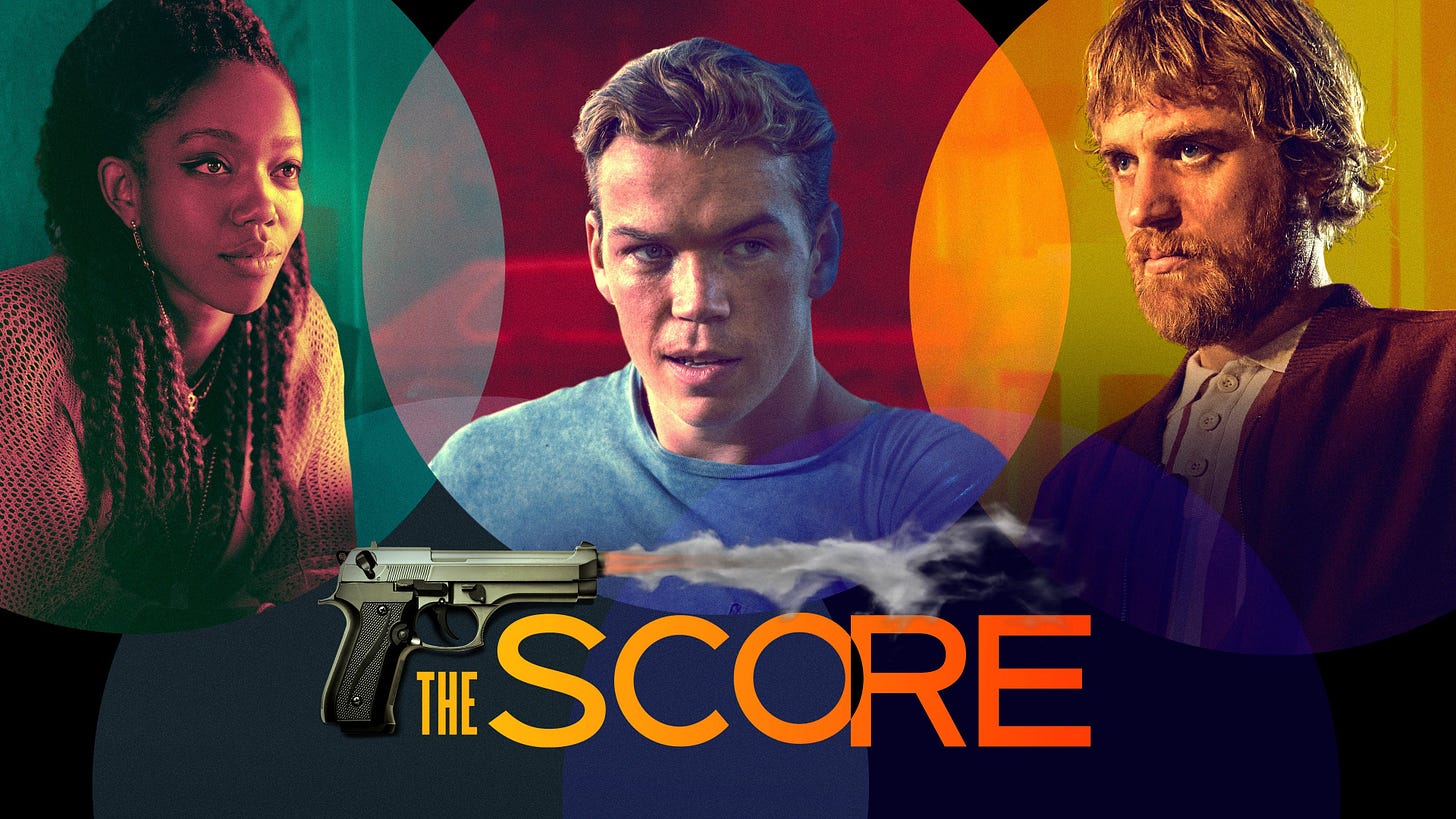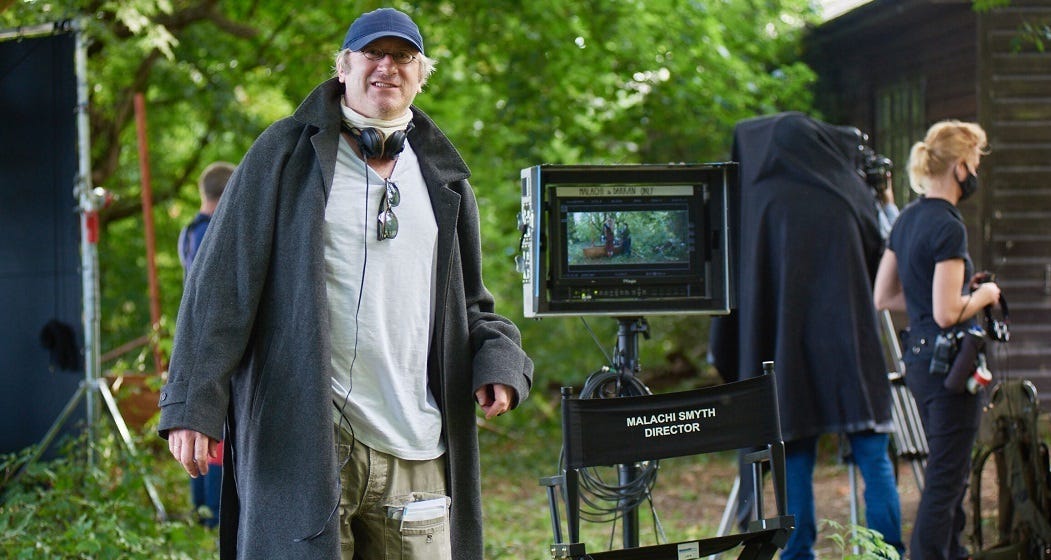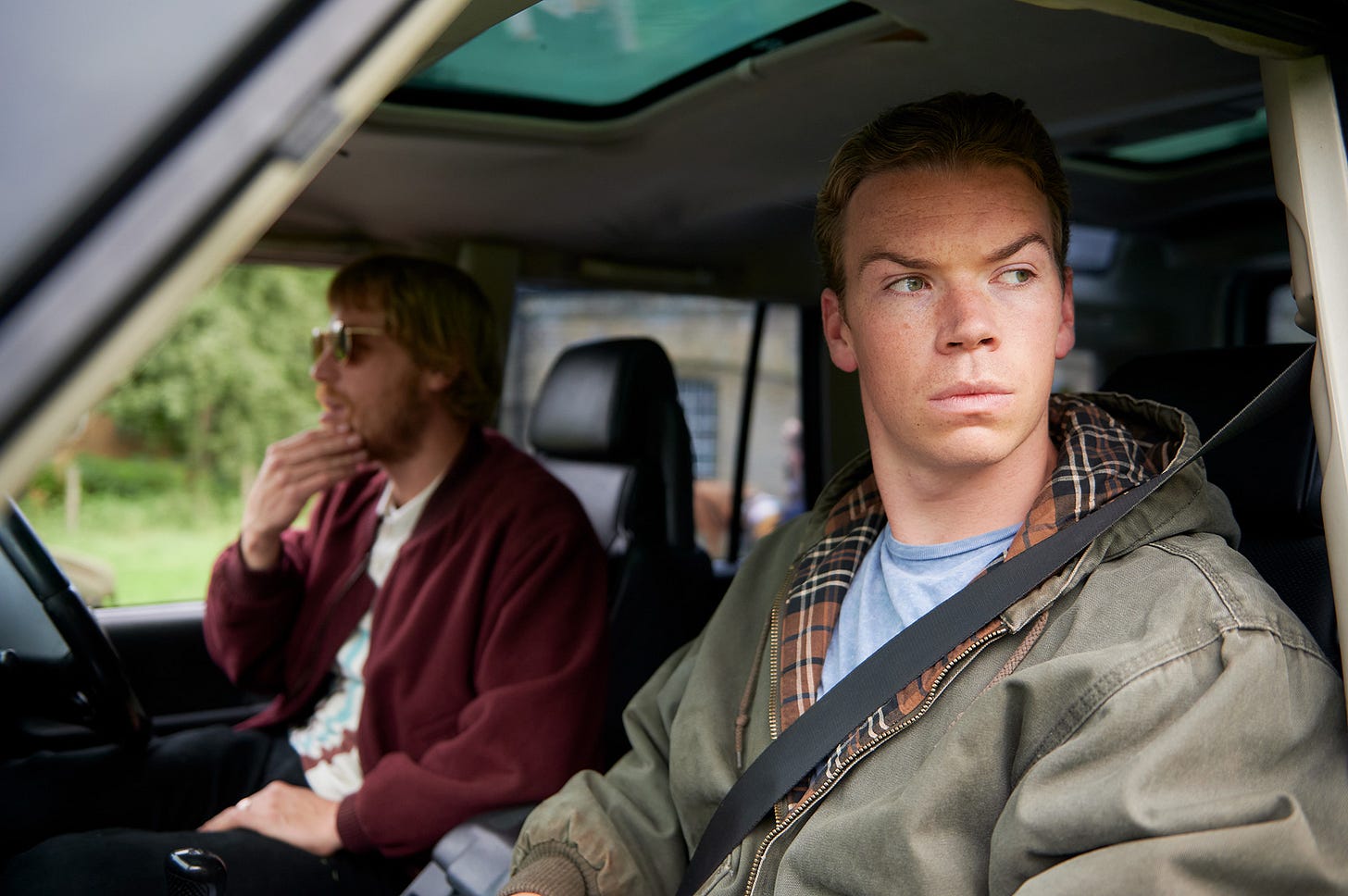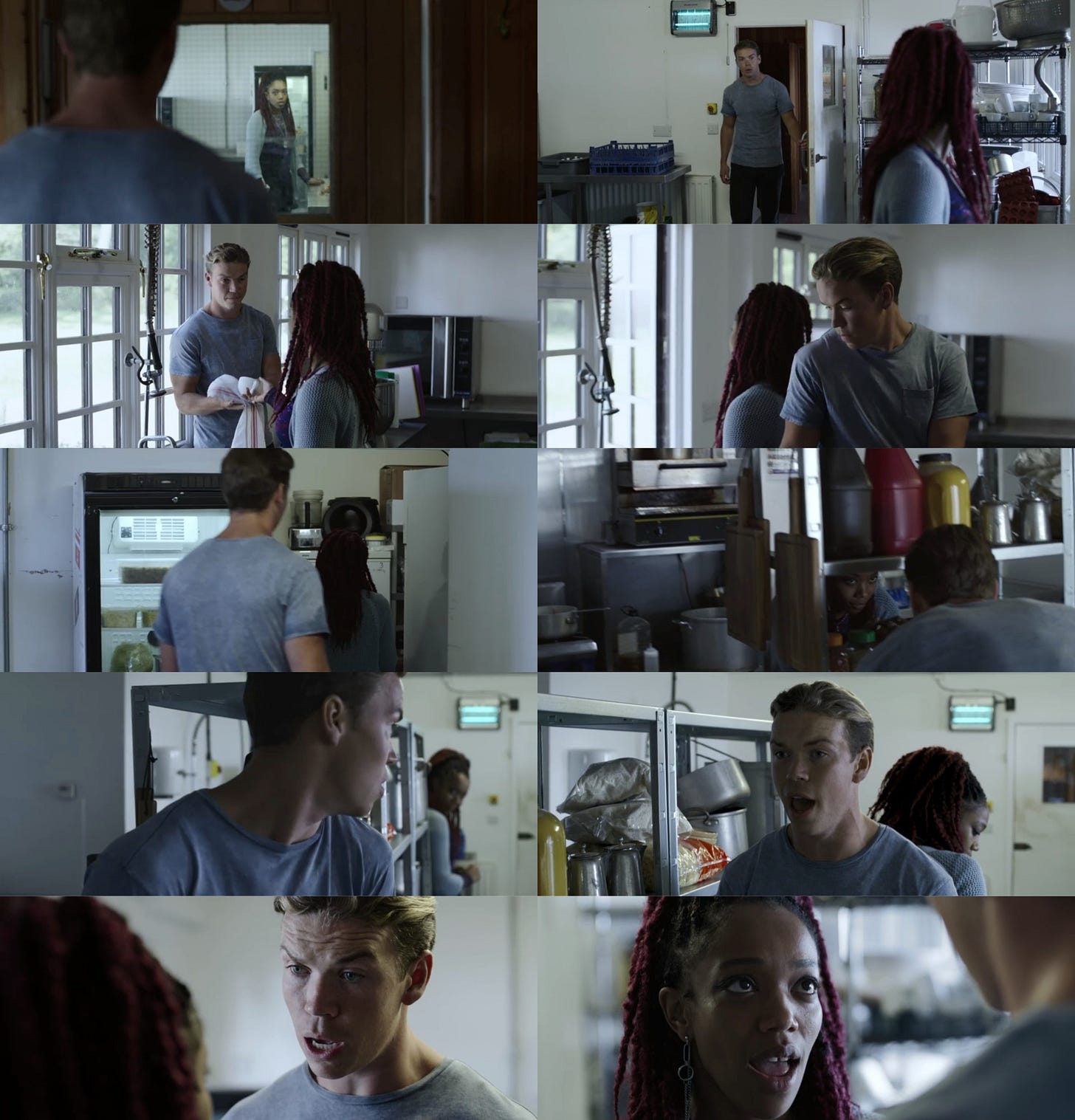Issue 22
We’re sorry! Rooster Revue has been on hiatus, but we are back! And we’ve moved over to Substack! Including all the archives.
In this Issue, we review The Score, a new indie movie musical from writer/director Malachi Smyth, featuring songs from Johnny Flynn.
• 6.21 | Nicole Kidman and Javier Bardem will lend their voices to Spellbound, an animated fantasy musical from Apple Original Films and Skydance Animation [Variety]
• 7.5 | First listen "Dress Your Way Up” from the new musical The Devil Wears Prada, featuring new music from Elton John. [Youtube]
• 7.13 | Trailer for film adaptation of 13: The Musical [Youtube]
• 7.15 | Trailer for the upcoming Matilda movie musical. [Youtube]
• 7.19 | Listen to “If This Is Love" from the world premiere of The Notebook, with music & lyrics by Ingrid Michaelson. [Youtube]
• 7.21 | Disney is developing a new musical, Penelope, a twist on “The Princess and The Pea” with new music by Ingrid Michaelson and Larry O’Keefe. [Deadline]
• 7.25 | A new animated musical, Scrooge: A Christmas Carol, coming to Netflix this Christmas [Movieweb]
Review by Matt Andrews
The Score is a new musical heist movie—though it’s not much of a musical or a heist movie. That being said, I effing loved it.
It’s a slow burn movie taking place primarily in one location featuring pre-existing songs from Johnny Flynn’s (who also co-stars) catalog. The songs function more like poetic musings than your average musical fare, but they are great songs.
The script from writer/director Malachi Smyth is charming, funny, and tense all at the same time. Sure there’s a plot line about one of the characters blackmailing her old French teacher to have an affair with her that comes out of absolutely nowhere, but it was weird enough that I let it go.
Not surprisingly, the film was not conceived as a musical—though I think that’s what lends to its strength. Writer/director Malachi Smith was “looking for a way to make it more magical” [Cineuropa] and happened to be listening to Johnny Flynn’s music while writing.
“I didn’t want to write the kind of musical where the characters burst into song and dance at the drop of a hat and where those sequences stand out as separate entities. [...] That tradition didn’t seem to represent what I was trying to do. I was looking for a different effect—to use the music as a way into the characters' deeper instincts and hidden emotions; to see inside them, and to create a tension between what they were expressing in prose and what they were feeling in song. The need and the want, or id and ego, fighting for domination.” [Pöff]
Because Malachi didn’t approach the movie as a musical, the film truly succeeds in its directing and performances. Smyth was able to keep that one location interesting for 90 minutes and shoot the song sequences in beautiful understated ways that are completely in line with how we think indie movie musicals should look and feel.
SIDE NOTE: the unforgivable sin of this film is the horrendous lip syncing—no like seriously horrendous… I can’t imagine an easier movie to record live vocals—it all takes place in a café in the woods and yet they are all lip syncing to songs where too often the emotional resonance of what we see does not match what we hear—but I digress.
One of my favorite sequences is the Love Song. It’s entirely shot in a kitchen, the choreography is subtle yet effective, and the blocking takes advantage of everything that space has to offer.
As much as we encourage filmmakers to utilize time and space in effective and creative ways during musical numbers, we often can’t avoid writing sequences for songs that take place in one room. It’s a reality of indie filmmaking to embrace small spaces, so when I see an example of a musical doing this successfully, it’s worth featuring.
This scene is choreographed without it ever feeling like a dance. It starts with a super sexy dishwashing seduction. He “rolls” from side to side of her, grabbing dishes and drying them—like a one-sided dishwashing tango. She pulls away and so begins a cat and mouse game through the kitchen. They slowly come closer together, often singing at each other with their backs turned, but never choreographed in a way that doesn’t feel emotionally real. As their feelings grow stronger, their distance to each other gets closer, as does the proximity of the camera—the intimacy of the camera mirroring the intimacy of the scene.
One final aspect worth applauding is how the function of the music changes from the beginning to the end.
“I decided I needed to evolve the way I used the songs throughout, so that the love story’s development would be echoed in the way the lovers sing to each other—gradually hearing each other more and responding to each other more, until finally they are singing together.” [Pöff]
It’s a unique approach and a good reminder that you can break the rules of your own film if you do so in a meaningful way that enriches the musical storytelling.
With a whopping 57% on Rotten Tomatoes and 4.8/10 IMdB audience score, it’s clearly not for everyone—but we recommend giving The Score a try. Available to rent or buy on Amazon, Google Play, and AppleTV.
ABOUT THIS EMAIL
"Rooster Revue" is edited by Matt Andrews and Jeffrey Simon with contributions from the entire team at The Barn. Read past issues in the archive.












